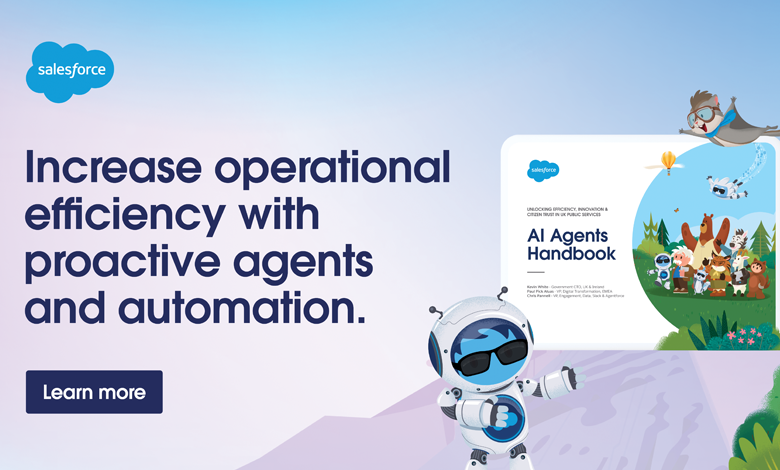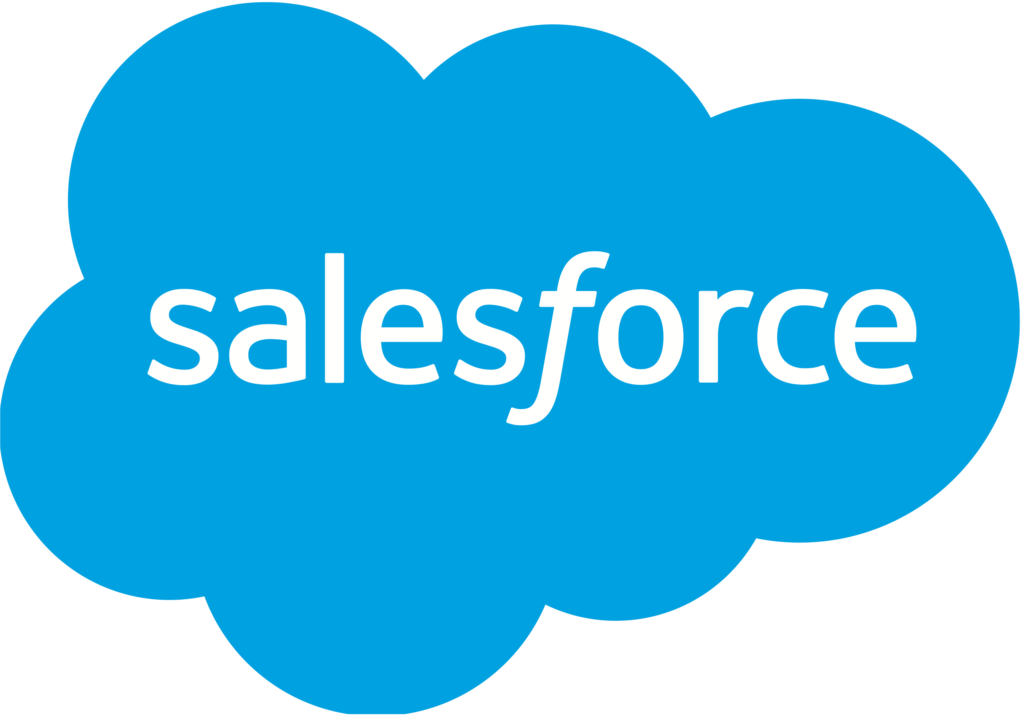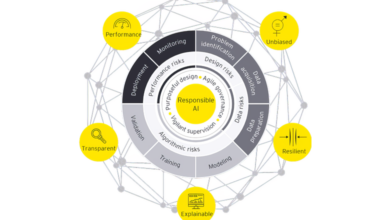Are we entering the unlimited age of digital labour?

Following recent spending cuts in the UK and similar initiatives by the US Department of Government Efficiency (DOGE), Ireland may face fiscal constraints in the coming year. Historically, austerity measures have been met with resistance in Ireland.
Unlike traditional AI models that merely generate responses and require constant human intervention, Agents function as autonomous digital workers. Think of them as new hires or apprentices. Trained on your organisation’s data, they work within clearly defined boundaries to streamline processes, retrieve critical information, and automate routine tasks. This not only drives operational efficiency but also underpins a model of “smart austerity” by delivering cost savings without the collateral damage typical of traditional spending cuts.
This distinction is vital. Many current AI implementations are either too limited in scope or suffer from a lack of robust governance. For example, embedded Agents – systems confined within a single application – are restricted in their capacity to effect meaningful transformation. Conversely, large language models (LLMs) operating in isolation often resemble independent contractors, disconnected from an organisation’s secure knowledge base and broader operational framework.
The key to unlocking AI’s full potential in the public sector lies in deploying secure, controlled Agents that integrate seamlessly into existing workflows, thereby providing a sustainable path to efficiency and fiscal prudence.
Walking the AI tightrope
Public sector leaders find themselves on a tightrope where bold ambition to embrace AI collides with the real fears of fiscal tightening and service disruption. In this delicate balancing act, three key pitfalls emerge:
1. AI paralysis: Organisations often hesitate to move forward due to perceived risks – even though some employees are likely already using AI informally. The true danger lies not in AI itself, but in the absence of a strategic, confident approach. Without a clear vision, opportunities for transformative change can be lost.
2. AI by familiarity: Some agencies adopt AI tools that are easy to access but not purpose-built for their needs. Adopting AI should not mean settling for half measures. Just because it is included or was a faster approval does not make it right. AI needs to be by design, which means, like a good Guinness, do not rush it!
3. AI anarchy: Without robust governance, AI deployments can become fragmented and uncoordinated, resembling a free-for-all where departments act independently without a shared strategy. This can lead to inconsistent outcomes, escalating costs, and a lack of accountability. The solution is a centralised governance framework that involves a wide range of stakeholders across the organisation, ensuring that every AI initiative aligns with overarching public sector goals.
Navigating these challenges is not about stalling progress, it is about strategically aligning ambition with caution. By establishing a comprehensive governance framework that includes input from all relevant areas, governments can harness the power of Agents to deliver significant efficiency gains while avoiding the pitfalls of traditional austerity.
The value of agents in government
Adopting AI is not solely about boosting efficiency; it is about realigning public sector operations to deliver essential services without the harsh trade-offs of traditional austerity. Agents contribute to this objective in three significant ways:
• Productivity gains: Automating repetitive tasks allows civil servants to focus on high-value work.
• Cost savings: Agents streamline processes across departments, trimming overheads while preserving service quality. This “smart austerity” approach enables governments to achieve substantial savings without the typical collateral damage of past spending cuts.
• Knowledge building: Rather than losing vital institutional know-how, Agents help organisations build internal knowledge. They capture operational insights, foster continuous learning, and provide a reliable resource for training – instilling confidence in AI adoption and empowering staff to make well-informed decisions.
Not everyone wants a Big Bang AI. Many agencies are taking a measured approach by starting with internal AI deployments, for example, using Agents within IT helpdesks, HR functions, and developer teams to automate document retrieval, respond to routine queries, and support software development. One of the most untapped opportunities is empowering tech and development teams with AI, allowing them to focus on innovation rather than repetitive tasks. This low-risk approach not only delivers tangible cost savings and efficiency gains but also lays the groundwork for broader, citizen-facing implementations in the future.
Real-world success stories
The potential of Agents is already being demonstrated in the real world. Consider the experience of Capita, a UK-based outsourcing firm, which used Agents to overhaul its recruitment process, cutting hiring times from months to days. By automating candidate screening and communication, Capita improved efficiency while maintaining a high-quality candidate experience.
Similarly, Salesforce transformed its global help salesforce website, replacing traditional search with a fully agentic experience. The results were staggering: the Agent resolved 80 per cent of queries without human intervention and was twice as effective as a traditional chatbot. This shift showcases how AI-driven experiences can provide instant, accurate support at scale, freeing up human teams for more complex queries.
These examples illustrate that agents can be a powerful tool for realising “smart austerity” – ensuring that governments and organisations can trim costs and enhance service delivery simultaneously.
AI as an integrated partner
Public sector organisations will increasingly rely on multi-modal AI, which is a blend of specialised AI tools and models rather than a one-size-fits-all approach. The best AI model today may not be the best tomorrow, so flexibility is essential.
Salesforce has embraced this AI-agnostic approach, allowing organisations to bring their own models and reasoning engines. This ensures cost control, adaptability, and alignment with organisational objectives and flexibility to pivot as innovation is released across the AI space.
For AI to succeed in the public sector, it must be trusted, controlled, and purpose-driven. Governments that embrace Agents in a structured way will gain not only efficiency but also resilience, ensuring knowledge is retained, employees are empowered, and citizens receive seamless, responsive services. AI is not replacing human workers; it is scaling and enhancing their impact.
The best way to understand an Agent is to build one. Salesforce Trailhead offers free tools to explore how agents work, enabling organisations to experiment, learn, and implement AI-driven transformation in a risk-free environment.
The key message? Do not DIY your AI. Govern it wisely, integrate it strategically, and unlock its true value for public service transformation.
Interested to learn more? Download the copy of our new AI Handbook that is designed to guide you through the journey of integrating AI agents into your organisation, from identifying the right use cases to delivering measurable results, while continuing to safeguard citizen data and maintain public trust.
www.salesforce.com







